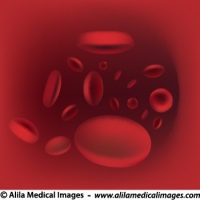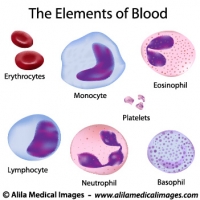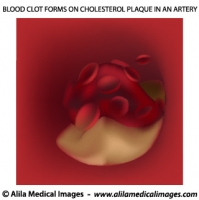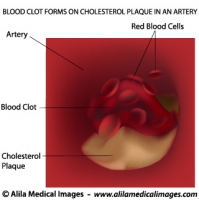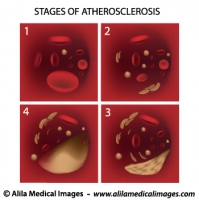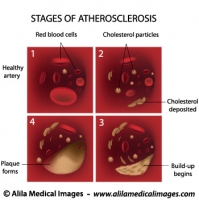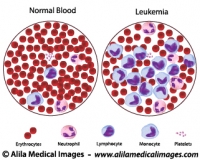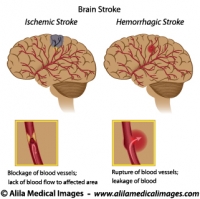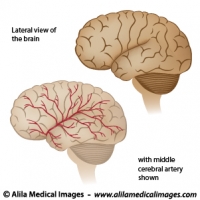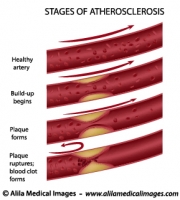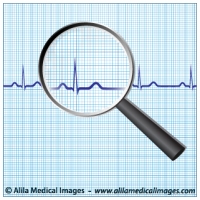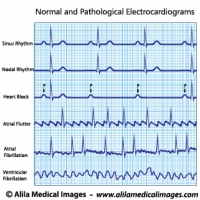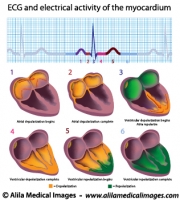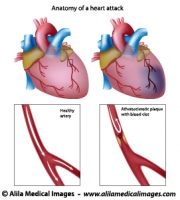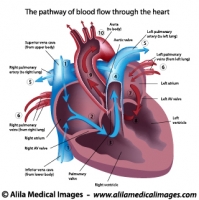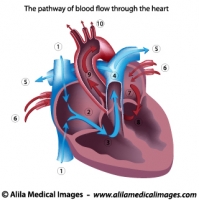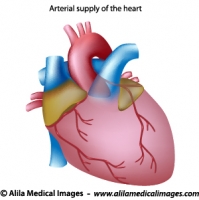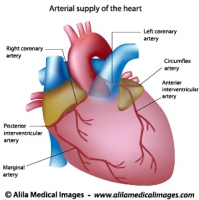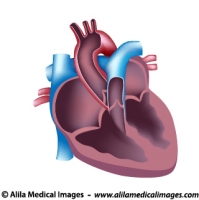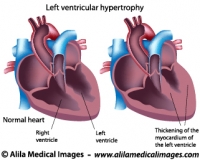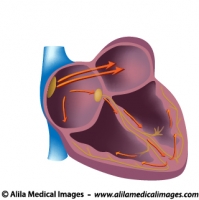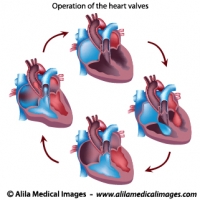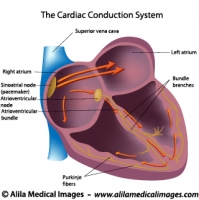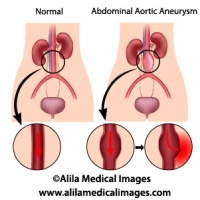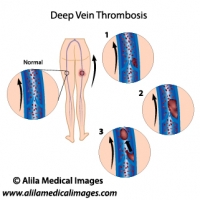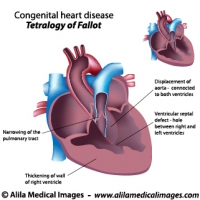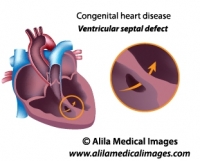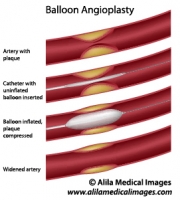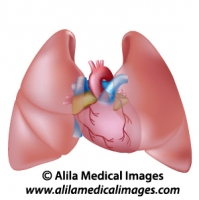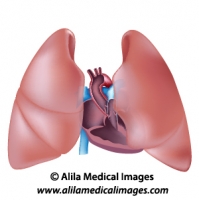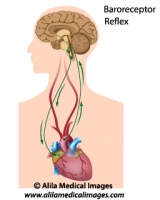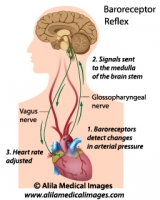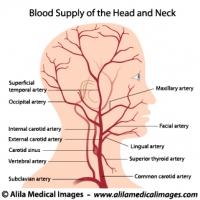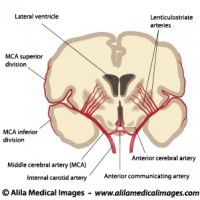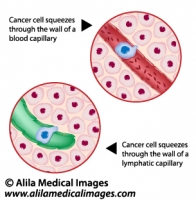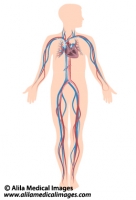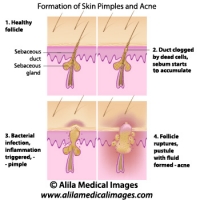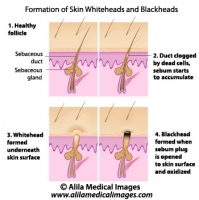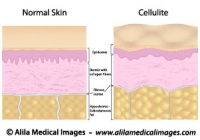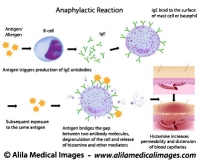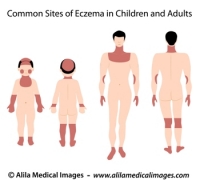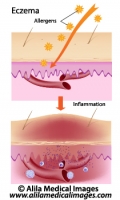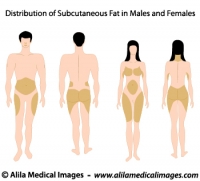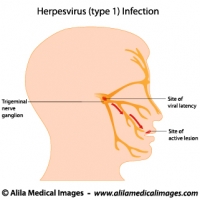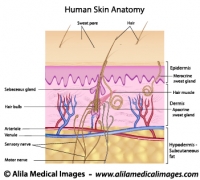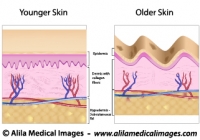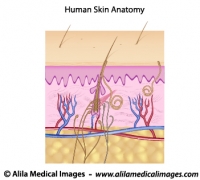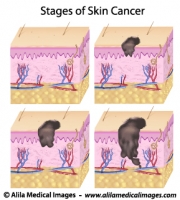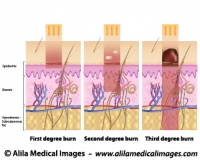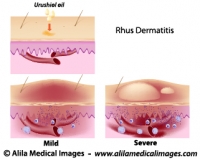Ankle anatomy
The ankle includes three bones : the tibia (shinbone), the fibula and the talus (Fig. 1). Articulations between these bones make up the ankle joint.

Fig.1: Anatomy of the ankle joint. Click on image to see a larger version on Alila Medical Media website where the image is also available for licensing.
The ankle is stabilized by the following ligaments (Fig. 2):
– tibiofibular ligaments connect the tibia to the fibula, one in front (anterior tibiofibular) and one in the back (posterior tibiofibular);
– lateral collateral ligaments connect the fibula to the talus (two of them: again one in front and one in the back) and to the calcaneus (the heel bone); and
– on the medial side, a multipart deltoid ligament connects the tibia to the talus and other bones of foot (the calcaneus and navicular).

Fig.2 : Ligaments of ankle. Click on image to see a larger version on Alila Medical Media website where the image is also available for licensing.
Common ankle injuries include ankle sprains and ankle fractures.
Ankle sprain
Ankle sprain refers to injury to any of the ligaments of the ankle joint. This happens when the ankle is rolled or twisted beyond the normal range of motion and the ligaments are overstretched and torn. Commonly, the ankle moves suddenly outward while the foot turns inward resulting in overstretching of the ligaments on the outside of the foot (lateral ligaments). This type of sprain is called inversion (Fig. 3). On the other hand, when the ankle moves inwards and the foot turns outwards it’s the ligaments on the inside (medial) that are hurt. This type of sprain is called eversion and is much less common.

Fig.3 :Types of ankle sprain, illustrated for the right foot, anterior view. Click on image to see a larger version on Alila Medical Media website where the image is also available for licensing.
Ankle sprains are common sport injuries. They can range from mild to severe depending on how bad is the damage and how many ligaments are involved (Fig. 4)

Fig.4 :Grades of ankle sprain. Click on image to see a larger version on Alila Medical Media website where the image is also available for licensing.
In most cases sprains can be treated with rest, ice pack, compression with a bandage and elevation (raising your foot up) to reduce swelling. Severe injuries may require surgery.
Ankle fracture
Broken bones of the ankle, a common sport injury. Commonly due to a direct blow to the ankle or a fall. Pott’s fracture (Fig. 5) represents a typical situation when the ankle receives a blow from the outside resulting in broken fibula at the point of impact. The talus moves outward shearing off a piece of the tibia. Medial ligaments are also injured in this case.

Fig. 5: Pott’s fracture. Click on image to see a larger version on Alila Medical Media website where the image is also available for licensing.
Imaging techniques such as x-ray or CT-scan are used to determine the severity of fractures. If the broken bones are still in their normal position they will be immobilized (with a cast for example) to facilitate healing. Bones that are fallen out of place will require surgery. During surgery the bones are positioned back to their normal place, screws and metal plates are then used to keep the fragments together.






